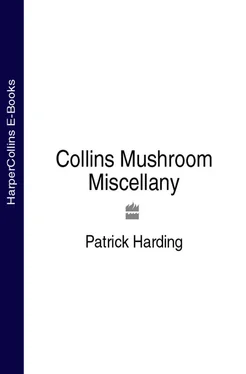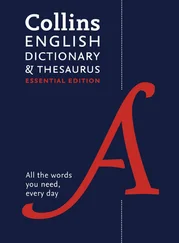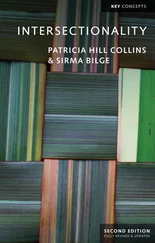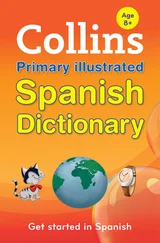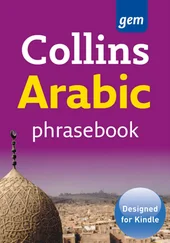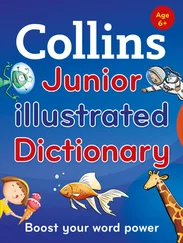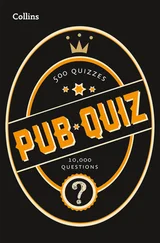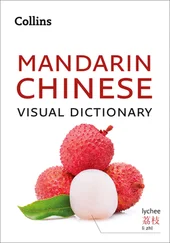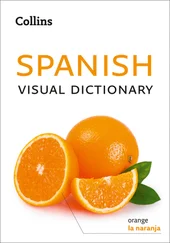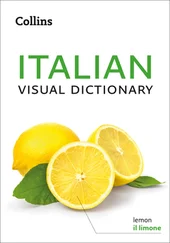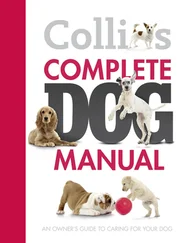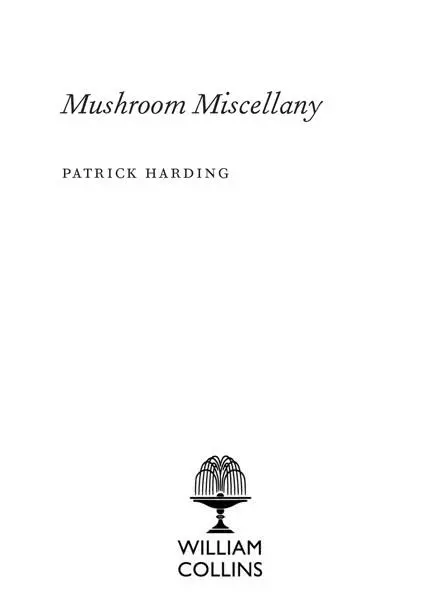
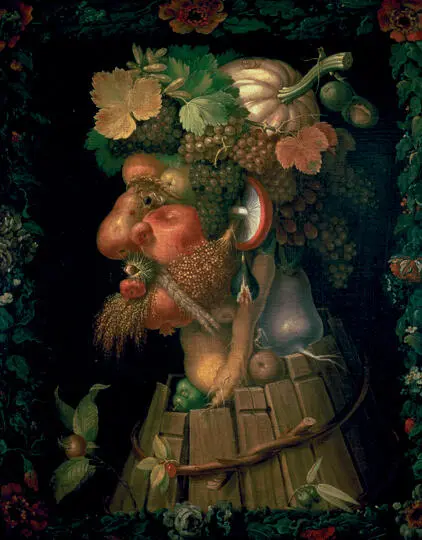
Autumn: oil on canvas (1573) by Giuseppe Arcimboldo
{ Lauros/Giraudon/The Bridgeman Art Library (BAL) }
I dedicate this book to Chloe, my ancient Jack Russell. Much of the book was planned during our daily walks together. I am also indebted to my nieces Charlotte and Sarah for their valuable comments and corrections at the manuscript stage. Finally thanks to my wife Jean and daughter Bryony for putting up with me while I was writing the book and good luck to my son Martin who sensibly moved out before I started.
Cover
Title Page
Dedication
1 No Ceps Please, We’re British
2 Mushrooms or Toadstools?
3 The Fifth Kingdom
4 How Many Are there?
5 Fungi, Folders and Files
6 The Shock of the New
7 Climate Change
8 The Names they are a-Changing
9 Where do Fungi Live?
10 Getting to the Root of the Matter
11 Mushrooms and Woodchips
12 Of Rings and things
13 How Old is a Mushroom?
14 Big is Beautiful
15 Mushroom Cultivation
16 Cultivating and Collecting Exotics
17 Truffles
18 Of Ballerinas and Ancient Oaks
19 A Code of Conduct for Mushroom Hunters
20 Fungi that Glow in the Dark
21 A Plague Upon your House
22 Not So Sweet As It Sounds
23 Boring Beetles and the Elm Decline
24 A Fungal Flasher
25 A Word in your Ear
26 Tippler’s Bane
27 Crockery on the Beach
28 All in the Name
29 St Anthony’s Fire
30 Mushroom Magic
31 A Toadstool is Spotted
32 Fungi on the Hoof
33 Love It or Hate It
34 Mycelial Meals
35 Medicinal Moulds
36 M.C.C.
37 Boletes to Bunnies
38 Poetry, Prose, Pop and Pictures
Keep Reading
Further Information
Bibliography
Index
Copyright
About the Publisher
No Ceps Please, We’re British

Boletus edulis (early 19th century) by Paul Louis Oudart
( Archives Charmet/BAL )
In the autumn of 1981 I taught my first residential weekend course on Mushrooms and Toadstools. On the Friday evening the small group of participants joined me for a preprandial drink. It was not long before I discovered that each of them had a similar tale to tell. The stories all included accounts of the jaw-dropping response of family and colleagues when told of the reason for their weekend away. In those days very few shops stocked anything other than white cultivated mushrooms which were usually neatly displayed in blue cardboard punnets. Field and other ‘wild’ mushrooms were largely left alone.
As for those people who collected and ate ‘toadstools’, they were considered to be either wildly eccentric or of European extraction. I was placed in the former category when, in 1983, The Guardian Diary section included a preview of seasonal entertainments offered by the Youth Hostel Association:
Curiosities like a voodoo evening at Boggle Hole in Robin Hood’s Bay are available, or an Esperanto weekend in the Peak District. First prize for an offbeat break, though, must go to the ‘fungus foray’ based at Edale on the weekend of October 7 th –9 th. For an extra £ 6 you can join mycologist Dr Patrick Harding collecting blewits, chanterelles and boletus [sic] edulis and consuming them in a ‘fungus feast’ .
Five years later I was invited to teach a mushroom course on behalf of Cambridge University’s Adult Education Department, based at Madingley Hall. The silver service dinner on the Friday was preceded by a resonant gong and full Latin grace. Prior to the coffee, the warden addressed the assembled company:
Welcome to Madingley and to a fascinating range of weekend courses. ‘Unexplored Mozart’ will take place in the Saloon; those ‘Reading Greek’ will be in the Library while ‘Mushrooms and Toadstools’ will be …
Her voice was drowned by the rising tide of laughter from the musicians and linguists as I tried to appear invisible. By the Saturday evening I had recovered my composure and made my own announcement before the coffee was served:
Those of you studying Mozart and Greek are more than welcome to pay a brief visit to the board room, where you might be interested to see what those on the Mushroom course have been up to .
Spread across eight tables were scores of labelled specimens collected on our field trip. Two years later, when the course was repeated, I was delighted to welcome among the course members two from the Greek and three from the Mozart group. Twenty years on and the mushroom course is still running. It is heavily oversubscribed.
Mushroom hunters of European extraction included Polish immigrants who had settled in Britain during and immediately after World War II. Collecting and eating fungi is an important part of Polish culture and those in the vanguard of the more recent influx must have been pleasantly surprised by the lack of local competition when it came to mushroom hunting. A Polish dish traditionally served on Christmas Eve includes Boletus edulis in the list of ingredients.
Old English books about cookery and mushrooms mentioned Boletus edulis under its local name of penny bun. This moniker arose on account of the likeness of the pale-brown, slightly sticky, convex cap to a product displayed in many bakers and which had originally sold for just one (old) penny. In the years following World War II the bakers’ penny bun lost its fight against inflation while the mushroom lost the battle to keep its old English name. As British cooks looked for inspiration from French cuisine so the writers of cookery books anglicised the French name for the fungus Cèpe and penny bun became known as cep.
British cooks have rarely suffered from a shortage of recipe books; if anything the problem has been more one of surfeit rather than deficiency. The same cannot be said of books about mushrooms and toadstools; although like buses, after a long wait, several turned up at once. Lack of interest in edible mushrooms has long bordered on a phobia in Britain; a condition not helped by a paucity of non-technical books aimed at the general public.
Mordecai Cooke did his best in Victorian times with publications such as British Edible Fungi – How to Distinguish and to Cook Them . The British Government’s attempts to encourage fungal foraging, especially during times of food shortage, resulted in Edible and Poisonous Fungi – Bulletin No 23 of the Ministry of Agriculture and Fisheries, first published in 1910. This slim booklet described just 19 edible ‘varieties’ and nine poisonous ones. The remaining stock of the 1945 edition was destroyed by a German incendiary bomb, which may have been a blessing in disguise given that one of the species included in the edible section has since proved to be poisonous, albeit it to a minority of the population.
In the 1960s Findlay’s Wayside and Woodland Fungi included some illustrations by Beatrix Potter (see here), but the book was not aimed at those with a culinary interest in the subject. Richard Mabey’s ground-breaking Food for Free , first published in 1972, included a section on edible fungi. Three years later Jane Grigson produced her culinary classic, The Mushroom Feast , although with only limited mycological information and rather small line drawings. In the same year Shirley Conran included the following advice in Superwoman:
Читать дальше
